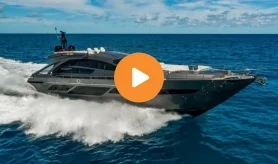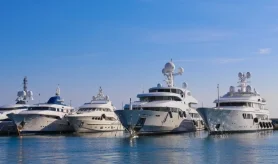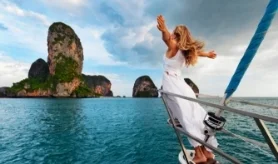- Alaskan Yachts
- Azimut Yachts
- Back Cove Yachts
- Beneteau Yachts
- Benetti Superyachts
- Bertram Yachts
- Boston Whaler
- Broward Yachts
- Buddy Davis Sportfish
- Burger Yachts
- Cabo Yachts
- Catamarans
- Carver Motoryachts
- Center Console
- Chris-Craft Yachts
- Cruisers Yachts
- DeFever Trawlers
- Dufour Sailboats
- Fairline Yachts
- Feadship Yachts
- Ferretti Yachts
- Formula Yachts
- Fountaine Pajot Cats
- Grady-White
- Grand Banks Trawlers
- Hargrave Yachts
- Hatteras Yachts
- Hinckley Picnic Boats
- Horizon Yachts
- Hydra-Sports
- Intrepid Boats
- Jarrett Bay Sportfish
- Jeanneau Yachts
- Kadey-Krogen Trawlers
- Lazzara Yachts
- Lekker Boats
- Luhrs Sportfish
- Marlow Yachts
- Maritimo Yachts
- Marquis Yachts
- Mazu Yachts
- McKinna Motoryachts
- Meridian Yachts
- Midnight Express
- MJM Yachts
- Mochi Craft
- Neptunus Motoryachts
- Nordhavn Trawlers
- Nordic Tugs
- Numarine Yachts
- Ocean Alexander Yachts
- Ocean King
- Offshore Yachts
- Outer Reef
- Oyster Sailing Yachts
- Pacific Mariner Yachts
- Palmer Johnson Yachts
The Call of the Wild: French Polynesia
French Polynesia offers wild beauty, unadulterated adventure, and life-affirming humpback whale encounters.
This article was written by Julia Zaltzman. Photography courtesy of Eyos Expeditions.
It’s best to take a moment after arriving in French Polynesia. Not the harried adjustment of landing in a city, more a gradual drinking in of all that beauty.
Soaring volcanic peaks cloaked in emerald vegetation rise abruptly from the ocean. Coral reefs and shallow waters surround “motus”— small sandy isles lined with swaying palms and the occasional wooden abode. The lesser-known Society Islands have retained a wild topography, and a ten-hour overnight choppy cruise from Papeete, the capital of Tahiti, has delivered me to these jungle-swathed shores.

I’ve joined the 157-foot Hanse Explorer, a workhorse of a boat with an industrial outer skin that belies the luxury within. It’s one of only two yachts where EYOS expedition staff form part of every charter. Originally built as a Sea Cadet training vessel, its 8,000-nautical-mile range and dedicated dive center (with a BAUER Nitrox membrane compressor) is well suited to venturing off track in the tropics.
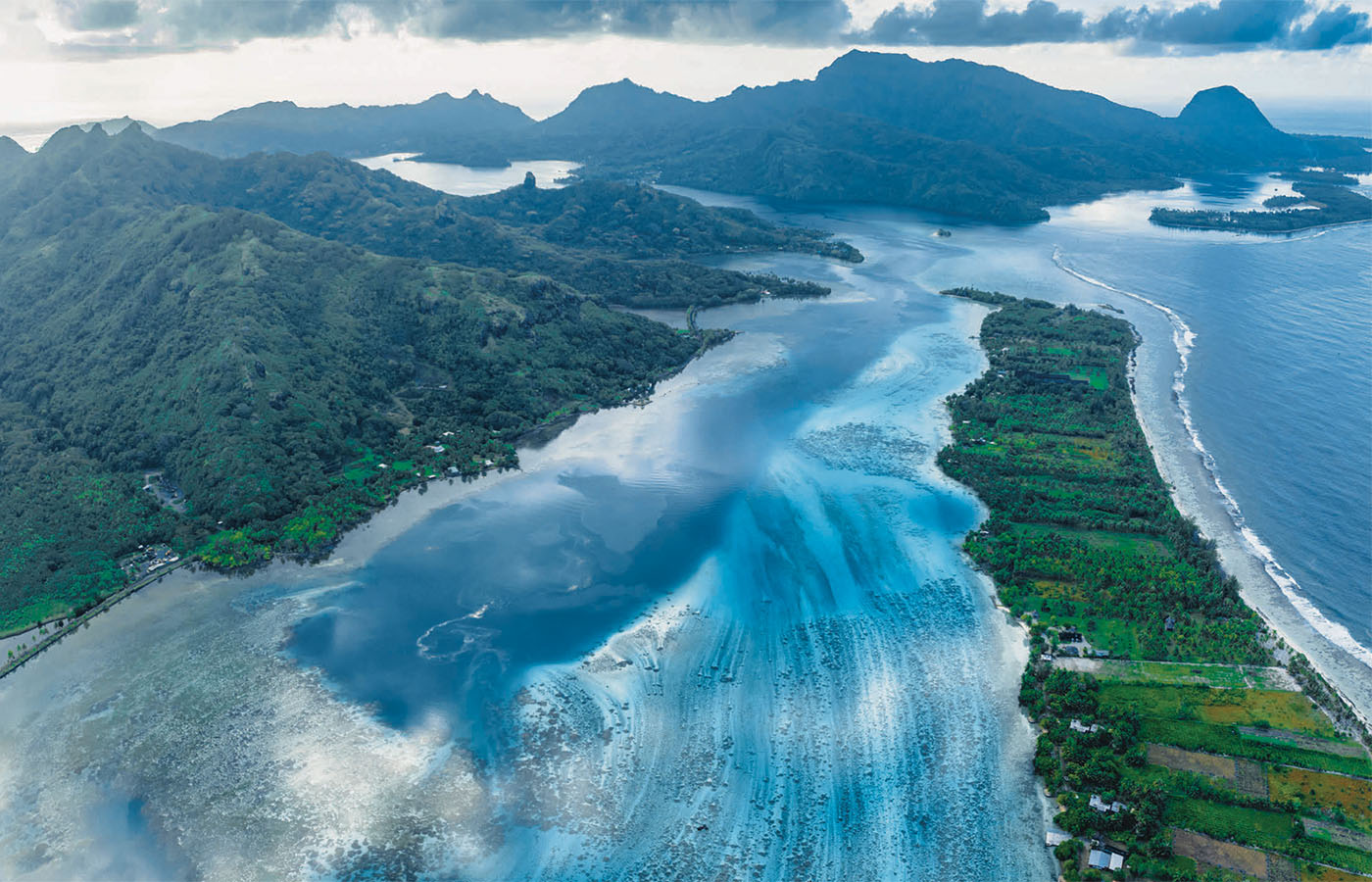
A warm sea breeze carries the sweet scent of the wild Tahitian vanilla orchid, a calling card of Taha’a, where we’re anchored.
I lean over the side and catch the unmistakable silhouette of a large green turtle. French Polynesia’s marine ecosystem is diverse. It harbors more than 20 species of shark, including tiger, lemon, and thresher. But it’s November, and our attention is focused on another behemoth of the sea—humpback whales. In August, they make the 3,800-mile migration from Antarctica to warmer breeding grounds, and we’re here to spot a calf.
It’s not long before a mother and baby are sighted, and we quietly slip into the water under the guidance of Yannis Saint Pé of Tahiti Dive Management. While the mother sleeps below, the 20-foot, one-ton baby plays near the surface, breaching, tail slapping, and barrel rolling inches from my face. He takes a deep dive before resurfacing, his dorsal fin visible, his pectoral flippers splashing. Agile and inquisitive, he whirls in the waves, intrigued by our presence. My wide-eyed attention suddenly diverts to a dark, looming mass rising from the depths. The 40-foot mother is on the move, gliding towards us at an alarming speed. She slides between me and her baby, guiding the calf onwards on their long return journey.
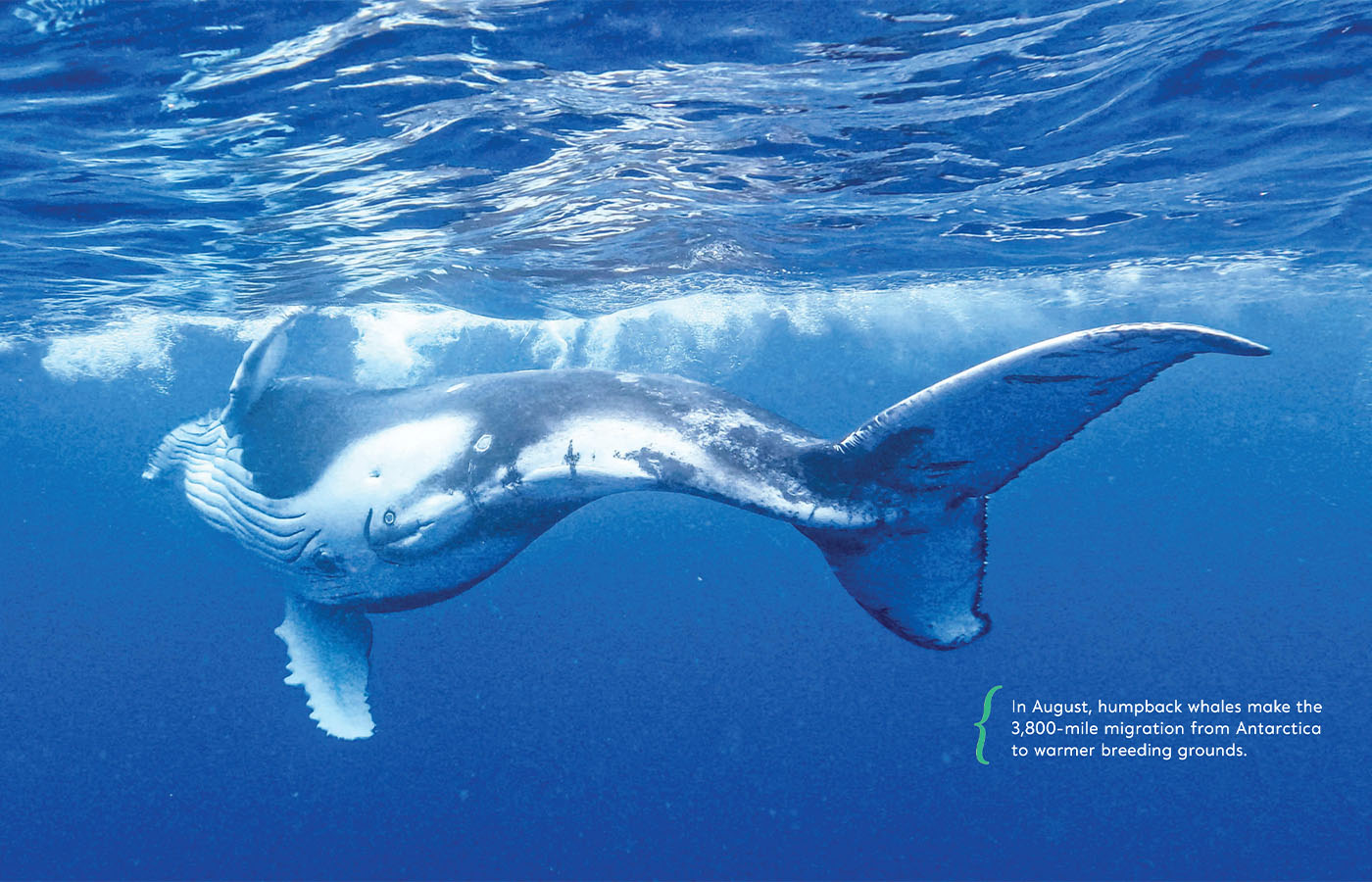
Back on the boat, the excitement is palpable, our faces flushed with smiles all round. The sea feels alive, a sentiment reinforced by spinner dolphins that swim in Hanse’s wake. Days are spent in glorious wilderness. In the shadow of Bora Bora, we dive the Ceran Pass, descending 60 feet amid a swarming ballet of lionfish and luminescent parrot fish. On Huahine, we are welcomed ashore by the bass horn of a conch shell and the signature Polynesian ukulele. We dine on green lobster, wrapped in banana leaf and gently baked in a Tahitian oven. The beaches are edged with saltwater trees and stilt houses. Further inland, vanilla plantations and coconut production form part of everyday life, the coconut husks used for natural fertilizer, the oil for flavorsome cooking.
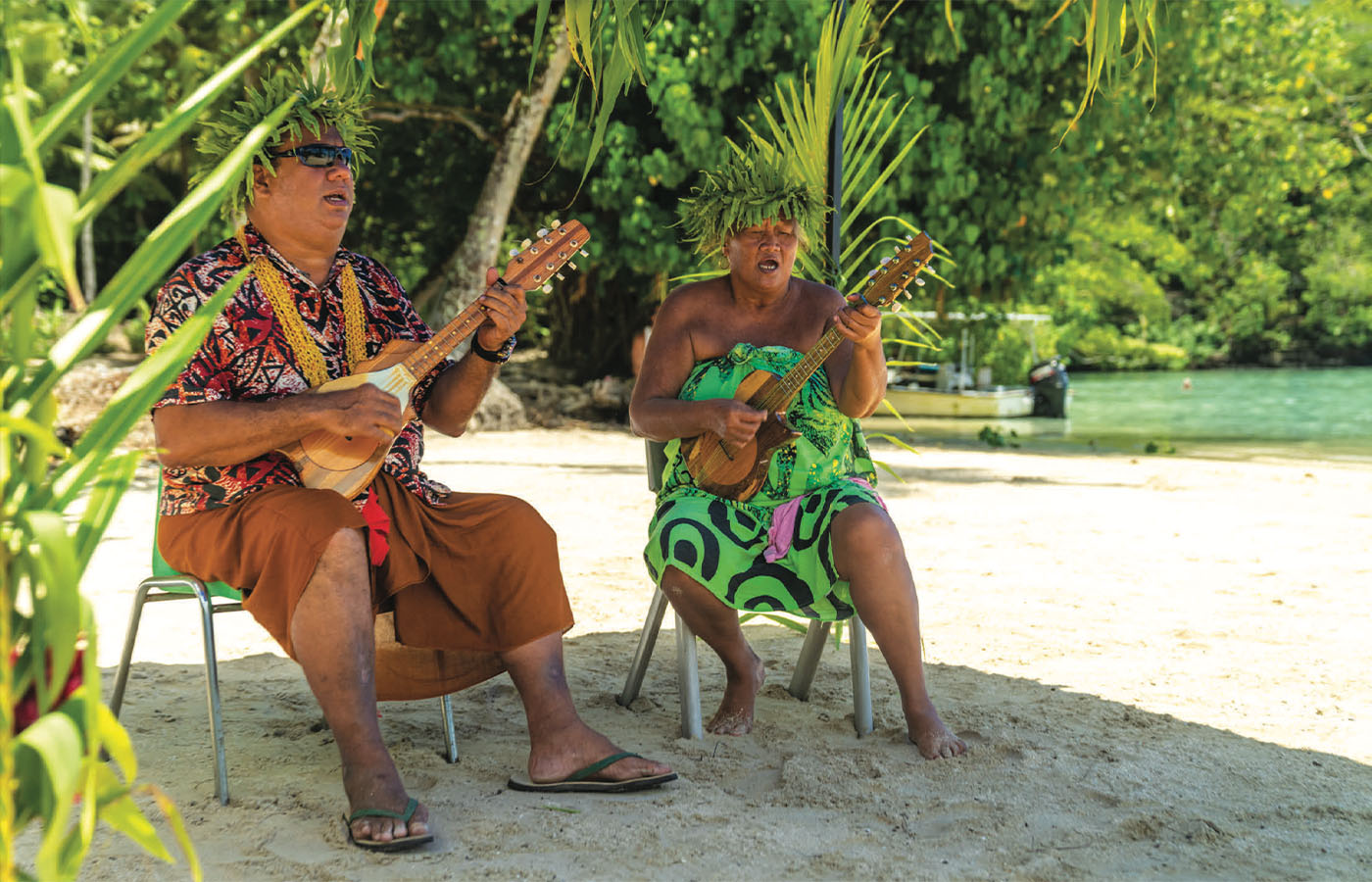
In the winding hills of Moorea, we hike among banyan trees and vivid pink frangipani flowers, shaded by the canopy of buttress trees and pandanus. Then, it’s a short ten-nautical- mile cruise back to Tahiti. I pause to take one final gulp of the shifting landscape. It takes time to bid farewell to this remote and captivating land.

Request a Copy
